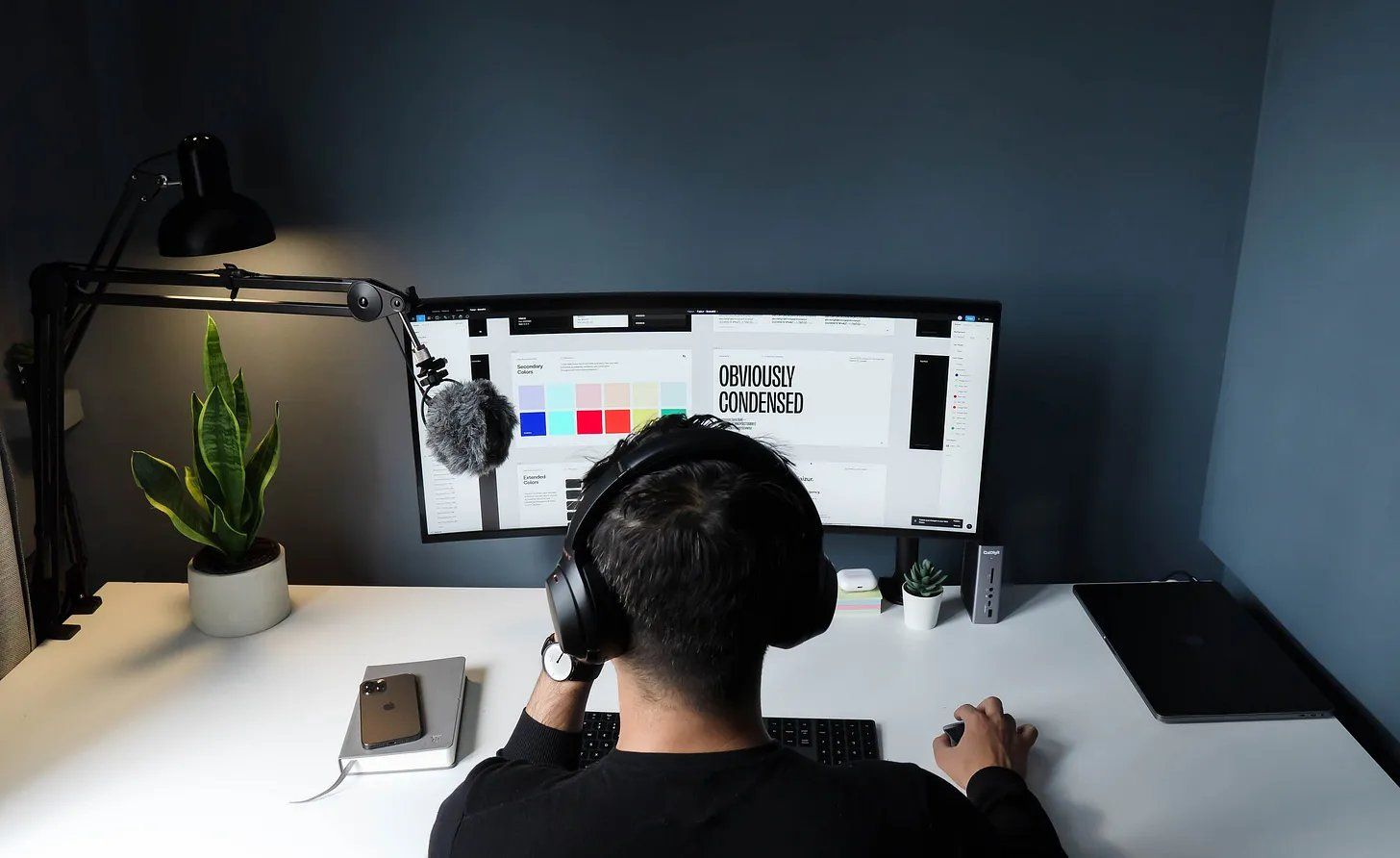Is remote work a disadvantage for junior designers?
25 January 2023
From Luke & Yoda to Rocky & Mickey, The Karate Kid & Mr Miyagi to Neo & Morpheus, popular culture is littered with great mentorship/master-apprentice success stories.
The benefits of the apprenticeship model are proven and well understood; our young and inexperienced have learnt through the passing of wisdom from the masters that came before them since our first ancestors walked the earth.
The practice of design is a craft that benefits greatly from the apprenticeship model. It’s vital for juniors getting started in the industry to have the opportunity to learn from their more experienced peers. I have very fond memories of starting my design career in Central London in the late 90’s, watching my experienced, talented colleagues in action; selling their designs and explaining complex concepts to clients, masterfully designing pixel-perfect designs to a grid in Photoshop, analysing research findings and crafting sitemaps with the utmost care and consideration. I loved every day in that office, soaking up the knowledge and atmosphere with an insatiable thirst, continuing the learning through shop-talk in the pub, long after the working day was done.
Times have changed. In recent years with the rise of remote work, many junior designers have found themselves in the unique position of starting their careers without the benefit of face-to-face learning that was once a staple of working in an office. This could be a problem for juniors, who are at risk of missing out on the valuable learnings and guidance that comes from being around more experienced folk, in person, day to day.
One of the biggest pitfalls of this shift is the lack of mentorship and guidance that junior designers would typically receive from more experienced designers in a traditional office setting. Being able to wander over to someone’s desk to observe their work, ask questions and receive feedback in real-time is invaluable for learning and growth.
Additionally, the social aspect of working in an office is also be beneficial. Being able to build relationships with colleagues and learn from them can help to foster a sense of community and belonging, which can be much more difficult to achieve in a remote setting. (There’s a point to be made about keeping cameras on in meetings here, but that’s a whole other post in itself).
A big one for me is that remote working also means less opportunities to observe and learn from other professionals in the field, such as clients, stakeholders, and other industry experts. There’s much to be said for face-to-face interactions with these types of professionals that can provide valuable insights and help to broaden the junior designer’s perspective and understanding of more than just the work, but the industry more generally.
In my current position as the leader of a team of designers, a key part of my role is to support the group’s mentorship and professional development. As you’d expect, my peers in the leadership team and I regularly catch up to discuss a variety of topics and this subject of working from home and it’s impact on junior designers came up recently, instigated by my colleague, Andrea Boundy. As she put it in a recent post:
WFH works well when you are firmly in the middle of your career or beyond, are autonomous and can stand your ground in meetings.
But what about juniors and people just starting out? You can‘t overhear conversations of those more senior around you, you can‘t turn to the person next to you to ask a quick question and receive the guidance you need… Instead maybe you are left to your own thoughts, self-doubt, not wanting to ‘disturb‘ someone even via ping, nor wanting to set up a meeting for a 2 minute conversation.
I don‘t have an answer, but want to make sure that in the post-pandemic landscape of corporate life, the next generation of talent aren‘t somehow being disadvantaged with regard to their growth, learning and progression.
It’s certainly a concern, but for all the negatives, remote work also comes with its own set of benefits for junior designers — as it does for us all — such as increased flexibility and the ability to work from anywhere.
It doesn’t look like we’re moving back to full-time at the office again any time soon, so it’s becoming increasingly important for junior designers to find alternative ways to gain the necessary value that mentorship and learning provides. Fortunately, there are opportunities that can be found through remote, such as involvement in online design communities, attending virtual events and workshops, and making use of the wealth of online learning resources available.
In terms of day-to-day at work, participation in online design critiques, co-design workshops and 1:1’s is critical and should be given priority wherever possible. There is an inevitable tendency to slip into designing in isolation by virtue of working remotely, so taking opportunities to collaborate wherever possible is a great way to instigate discussion about the work and gain learnings from others around the craft.
While remote work certainly has its challenges for junior designers, all is not lost. By taking advantage of the resources available to them, being proactive in seeking out learning and taking as many opportunities as possible to collaborate with their peers — either online or face-to-face — junior designers should still be able to grow as professionals while making the most of the benefits working remotely. The important thing is for them to be conscious of what might be missing and to take the initiative to seek alternative ways to learn.
- ← Previous article
Want to innovate? Embrace the constraints.
